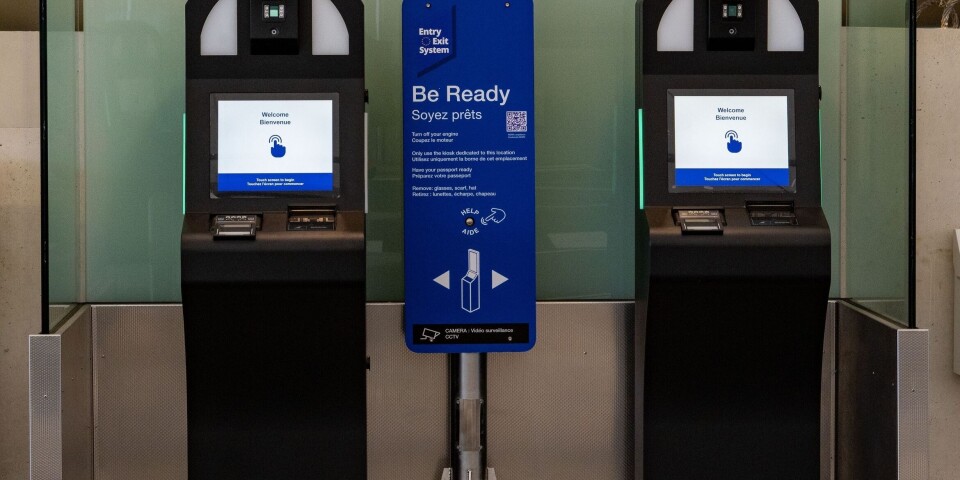Why France endures a costly commune problem
Why France's 34,875 communes, many with fewer than 500 inhabitants, create financial strain and hinder decentralisation efforts
The commune of Sère-en-Lavedan (Hautes-Pyrénées), is one
of France’s 34,875 communes, and has just 83 inhabitants
Eric Isselee
France has been trying to reduce its mammoth-sized number of communes for more than 200 years, albeit unsuccessfully.
As of January 1, 2025, it had 34,875 communes, with nearly half of these populated by fewer than 500 inhabitants and 71.6% by fewer than 1,000. The Cour des Comptes (France's supreme audit institution) repeatedly requests that the number of communes be lowered in an effort to save public finances.
France accounts for more than 41% of all communes across the European Union with Germany ranking second (13%) and Spain and Italy tied third with 9%. France only merged 700 communes together between 2016 to 2019, with the pace of mergers having slowed since Covid.
The Cour des Comptes points out that their size is a hindrance, especially since decentralisation removed prefectural oversight.
“Small-sized communes have become a disadvantage for the government’s effort to decentralise France,” the Cour des Comptes wrote in its annual report in 2023. It has regularly addressed the number of communes as one of the country’s financial problems.
Finding officials to administer these small communes is challenging. In 2020, 106 communes had no candidates for municipal elections. The complex layers of local government costs the State dear, since it is the primary contributor to local budgets.
France's numerous communes can be traced back to the early 18th Century. It was the most populous nation with more than 21.5 million people, and where most gathered around parishes and formed hamlets.
Parishes turned communes after the French Revolution, resulting in the creation of 41,000 communes.
Past efforts to reduce communes include the 1971 Marcellin Law, which achieved only 787 mergers. It saw modest results, with a decrease of 1,529 communes between 1962 and 1982.
The 2010 territorial authorities reform introduced a flexible merger system, called à la carte, but with almost similar results. In 2015, the Pélissard law was able to regroup 2,498 communes into 796 new communes.
These results are nowhere near Germany, which has drastically reduced its communes from 24,000 in 1960 to 8,500 in 1989 through forced merger policies. It now has 10,795 communes for a population of 84 million people, three times less than for 20 million more people in France.
"Citizens remain very emotionally attached to their commune. You cannot confine citizens within intercommunalities with which they do not feel an attachment, it is citizenship that is in danger,” said Gérard-François Dumont, a professor at Panthéon-Sorbonne.
“French people identify more with their commune than their department or region and know their mayors better than their président du conseil départemental, communautaire [or] régional,” wrote the Cour des Comptes.





























